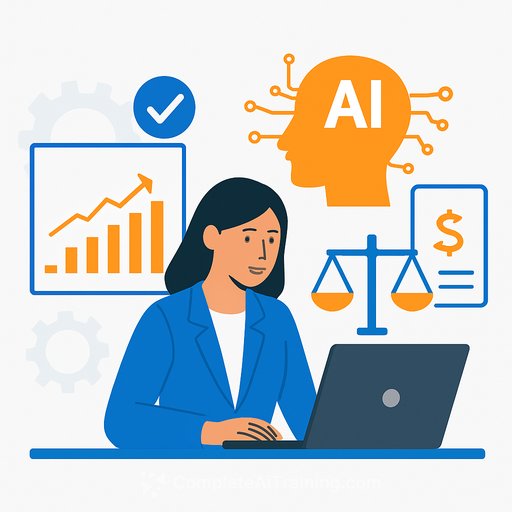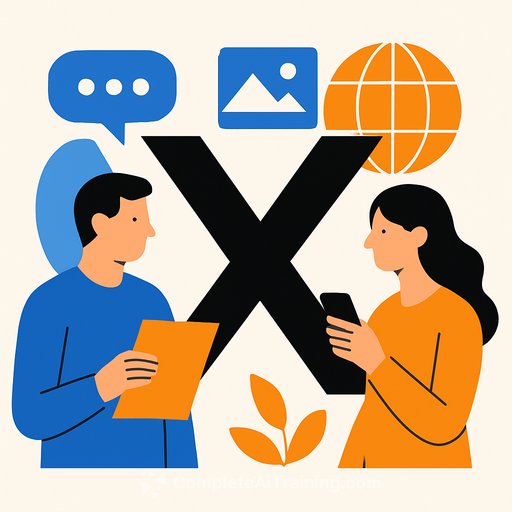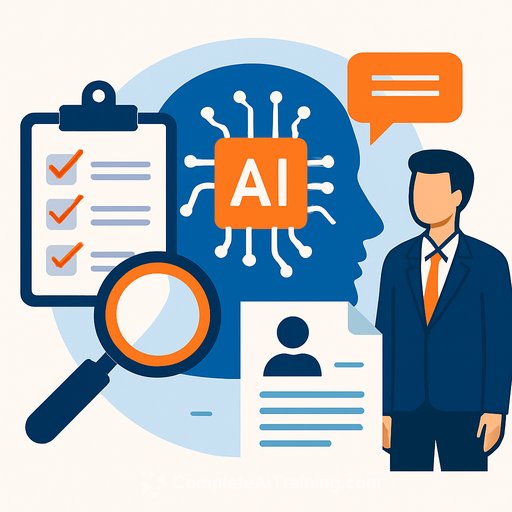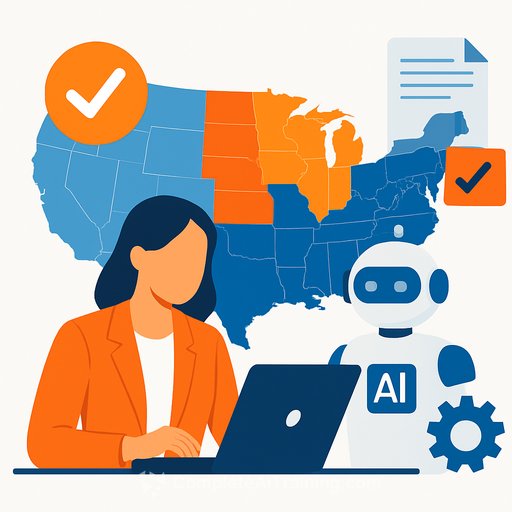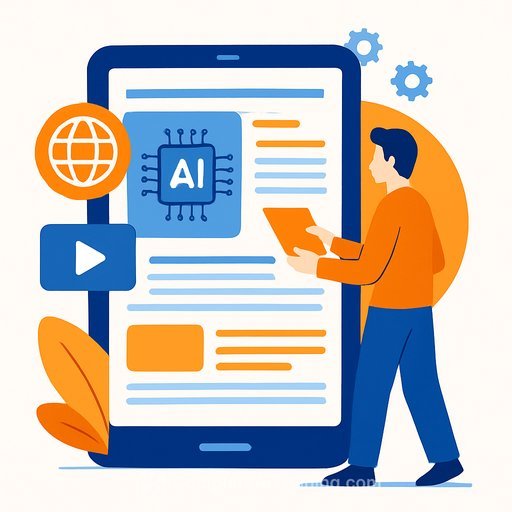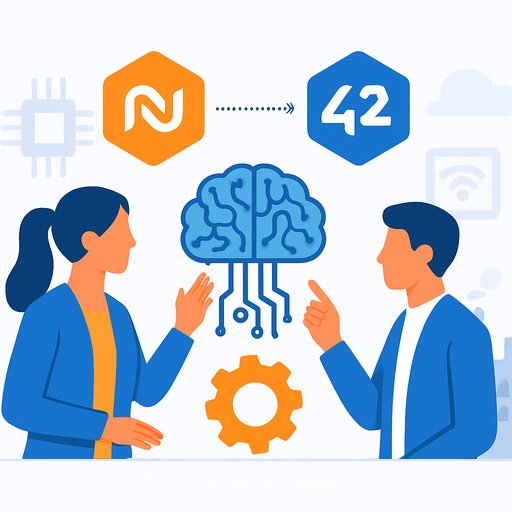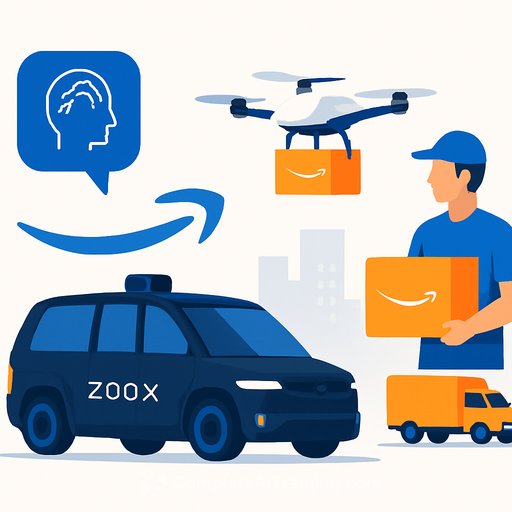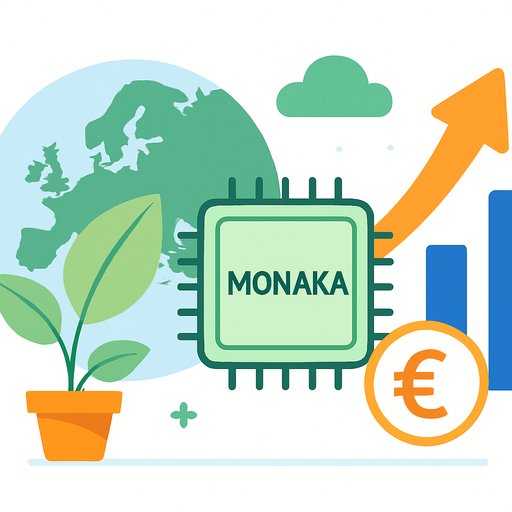HR Tech With Skin in the Game: How Dayforce's CPO Runs "Customer Zero" and Builds With AI
HR tech has a dual mandate right now: ship useful AI and automation while teams deal with regulation, hiring, retention, and a heavy admin load. Dayforce is leaning into that tension by running HR as "Customer Zero" under chief people officer Amy Cappellanti-Wolf.
Her team uses the product first, then feeds direct insights back to account management and product development. It's HR in the build loop, not on the sidelines.
Customer Zero: HR Inside the Product Feedback Engine
"I get to use the product and get to influence it with the product team, both for ideation as well as existing products," Cappellanti-Wolf said at Dayforce Discover in Las Vegas. "That's a unique part of the role... it's not just your typical head of HR job."
That feedback model compresses the cycle between feature idea, real-world use, and product decision. For HR and product leaders, it's a simple lesson: put experienced operators on the front line of testing and decision input.
What Dayforce Just Shipped
- Strategic Workforce Planning hub (launched alongside the acquisition of Agentnoon).
- AI agents focused on content creation, payroll, time entry, talent strategy, and analytics.
- Collaborative workspace for HR to work with finance, operations, and others on compliance, performance management, and talent planning.
From the main stage, CEO David Ossip shared that Dayforce passed 7,000 customers and expects to approach two billion dollars in annual revenue. He also pointed to six straight years on Gartner's Magic Quadrant for HCM and a single-platform model for data and privacy. Here's how Magic Quadrants are assessed.
Proof in Practice: Faster Surveys, Better Reviews, Smarter Training
One early project: a pulse survey. With the new stack, rollout, collection, and analysis finished in a fraction of the usual time. "In the past, it would take weeks, if not months, to collect all the data," Cappellanti-Wolf said.
The same AI tools now help spot pay equity errors, streamline performance reviews, and produce training. "I've been able to turn around training super quick, where it's both high quality and interactive."
Operating Model Upgrades
Internally, she set up an HR operations center to handle "tier one or tier two" inquiries like payroll questions or income verification. That frees up HR business partners for deeper work.
She also led the internal AI strategy and standardized on ChatGPT as the preferred tool. "We reinforce like leading from the front... learning from our mistakes and publishing what's working, what's not, and then getting as many use cases as we can out there."
Going Private: What It Means for People Leaders
Dayforce plans to go private after its 2018 IPO (under the Ceridian name at the time). Thoma Bravo announced an agreement to acquire the company for $12.3 billion and recently cleared key conditions under the U.S. Hart-Scott-Rodino Act and Canada's Competition Act, with final approvals and a shareholder vote still pending. For context on HSR, see the FTC overview.
"The deal is not closed yet... we're waiting for the vote," she said. In the meantime, her focus is employee clarity: address concerns, share what's known, and run change management with discipline.
Middle Managers Need More Support
"They're the most underserved of the population," she said. They take pressure from both directions.
The plan: help managers prioritize, redirect, give timely feedback in the flow of work, and understand the logistics of systems and processes. That's where tech training and simple playbooks pay off.
Tech Partnership Isn't Optional
Cappellanti-Wolf credits a tight partnership with her CIO and a dedicated HR technologist. "If you told me 10 or 15 years ago that an HR technologist would be sitting on my direct staff... but as I've matured and the market's matured, and technology's become a huge enabler... my HR tech person is on my batphone. We are symbiotic."
Translation for HR and product teams: make an HR technologist a first-class citizen. Give them a seat at the table and a mandate to ship workflow wins week over week.
Shared Ownership of Employee Experience
Employee experience is a joint responsibility across HR, CIOs, and CTOs. From onboarding through performance and development, tool choices and integrations matter.
"As we work through the hire to retire, how do we think about the technology we need to run, performance, development?... I'll work with her on the tools we have, and how do we optimize to make them better."
Playbook: What to Do Next
- Appoint an internal "Customer Zero" from HR and give them time and budget to test pre-release features.
- Deploy AI where work piles up: payroll updates, time entry changes, content drafts, survey analysis.
- Stand up an HR ops center for tier one/two tickets to free business partners for strategic work.
- Pick one AI tool as standard (e.g., ChatGPT), publish use cases and guardrails, and run monthly show-and-tell sessions.
- Back your managers: priority setting, feedback in the flow of work, and systems literacy should be core training.
- For M&A periods, pre-build FAQs, cadence updates, and retention plans tied to milestones like shareholder votes.
- Favor a single data platform to simplify privacy, reporting, and analytics across HR and finance.
Helpful Resources
- Hart-Scott-Rodino Act overview (FTC)
- How Gartner Magic Quadrants work
- Practical ChatGPT courses for HR and product teams
Your membership also unlocks:

